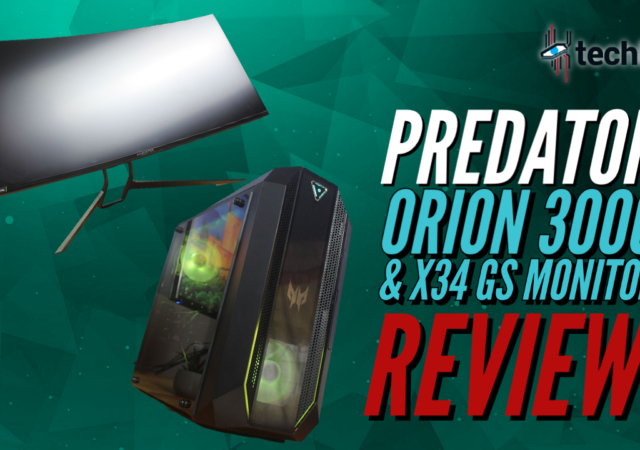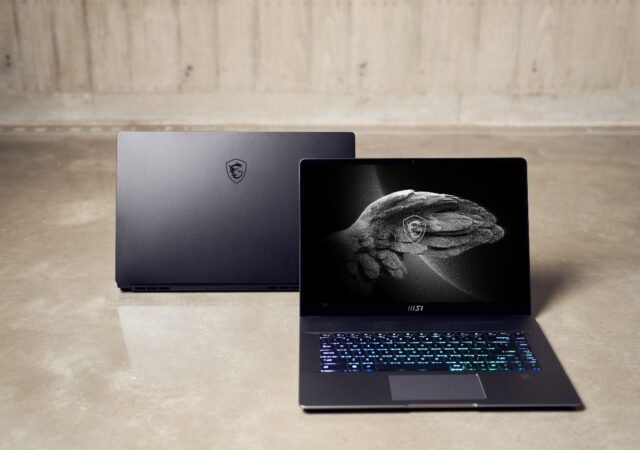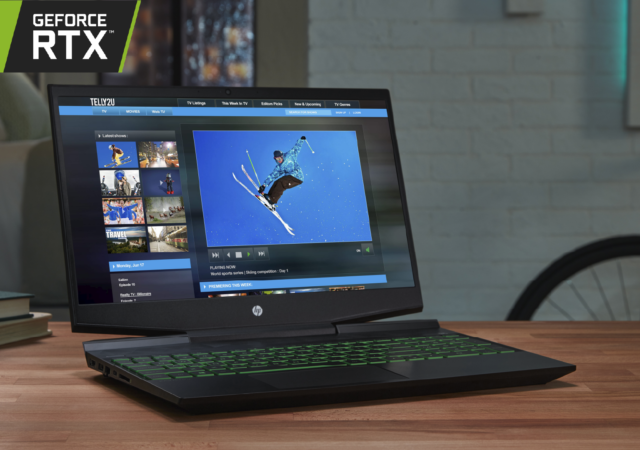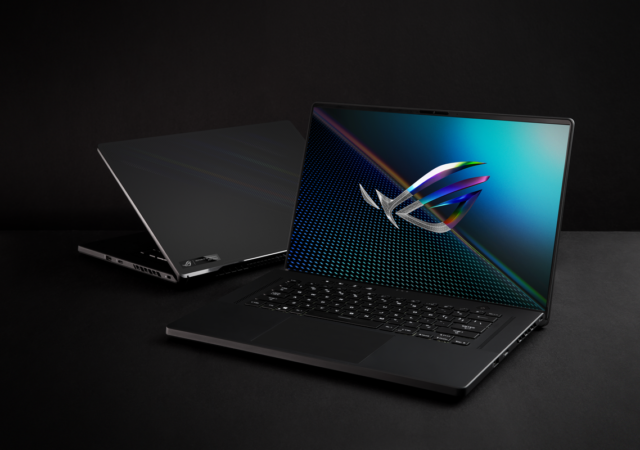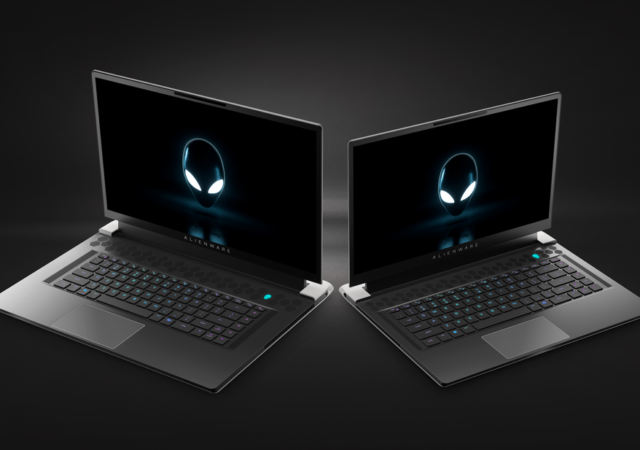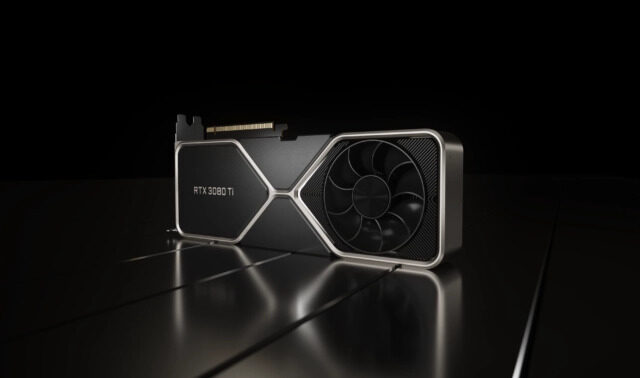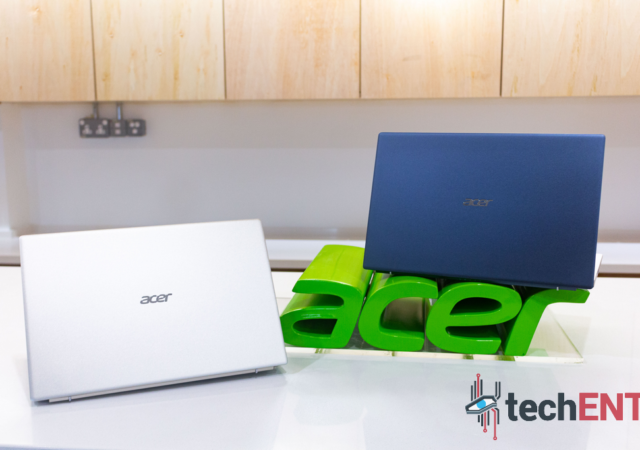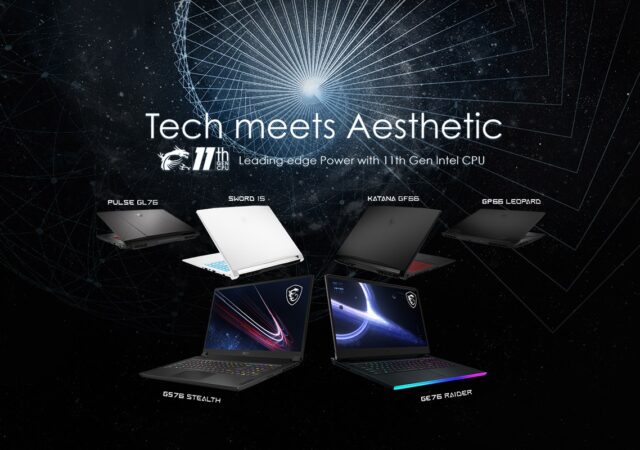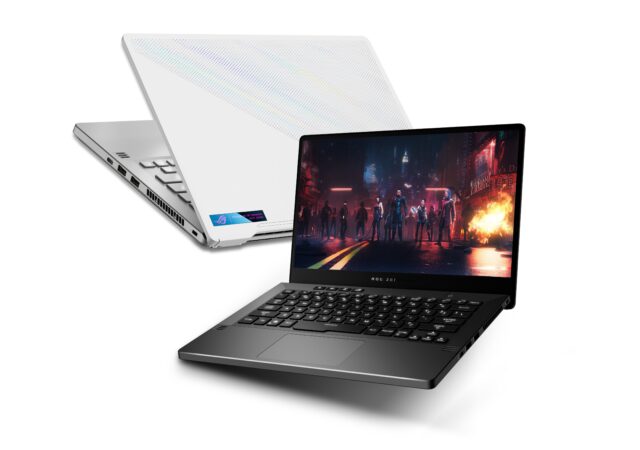The HP Spectre lineup has been one of the lightest and sleekest laptops available in the market. The lineup’s signature thickness paired with the extended functionality makes it one of the more versatile laptop lineups out there. However, if there…
[Video] Predator Orion 3000 & Predator X34 GS Ultrawide Monitor Review
Acer’s Predator Orion 3000 and its Predator X34 GS is getting the techENT video review treatment! Find out if this is the ultimate gaming setup!
MSI’s Creator Z16 Notebook PC Lands in Malaysia
MSI launches the Creator Z16 notebook PC for creators in Malaysia with Intel’s 11th Gen Core i7 and NVIDIA’s GeForce RTX 30 series power.
Step Into NVIDIA’s RTX 30 Series Experience with The HP Pavilion Gaming 15
The HP Pavilion Gaming 15 comes with the latest NVIDIA GeForce RTX 3050 GPU for the best value for money gaming experience.
ASUS ROG Zephyrus M16 Available in Malaysia!
ASUS announces the availability of the Intel Core i9 touting ROG Zephyrus M16 in Malaysia.
Alienware X Series Announced with NVIDIA GeForce RTX 3080 & Intel Core i9
Alienware announces their new flagship X series which comes with a new, slim silhouette and cutting edge technology. The new x15 and x17 are the slimmest laptops in their line up.
[COMPUTEX 2021] NVIDIA Introduces Even More High-End GPUs in the form of the NVIDIA GeForce RTX 3080 Ti and GeForce RTX 3070 Ti
NVIDIA launched their most powerful GPUs for consumer PCs toward the end of last year. The GPUs launched in 2020 had, according to NVIDIA anyway, the largest generational improvement ever in a GPU. While we ourselves have not had the…
[Next@Acer 2021] Acer Swift Series Supercharged with RTX30 Graphics & AMD Ryzen 5000 Processors
Acer announces a new laptop that isn’t just thin and light but also packs the power! Meet the new Swift X!
MSI Launches new 11th Generation Intel and NVIDIA GeForce RTX 30 series Laptops for Gamers.
MSI launches the new breed of gaming laptops for 2021 with Intel’s 11th Generation Core proessors and NVIDIA GeForce RTX 30 Series GPUs.
ASUS ROG 2021 Notebook Series Ups the Ante with RTX 30 Series
ASUS just launched their brand new ROG line up for 2021 with the latest CPUs and NVIDIA’s GeForce RTX 30 series GPUs.




